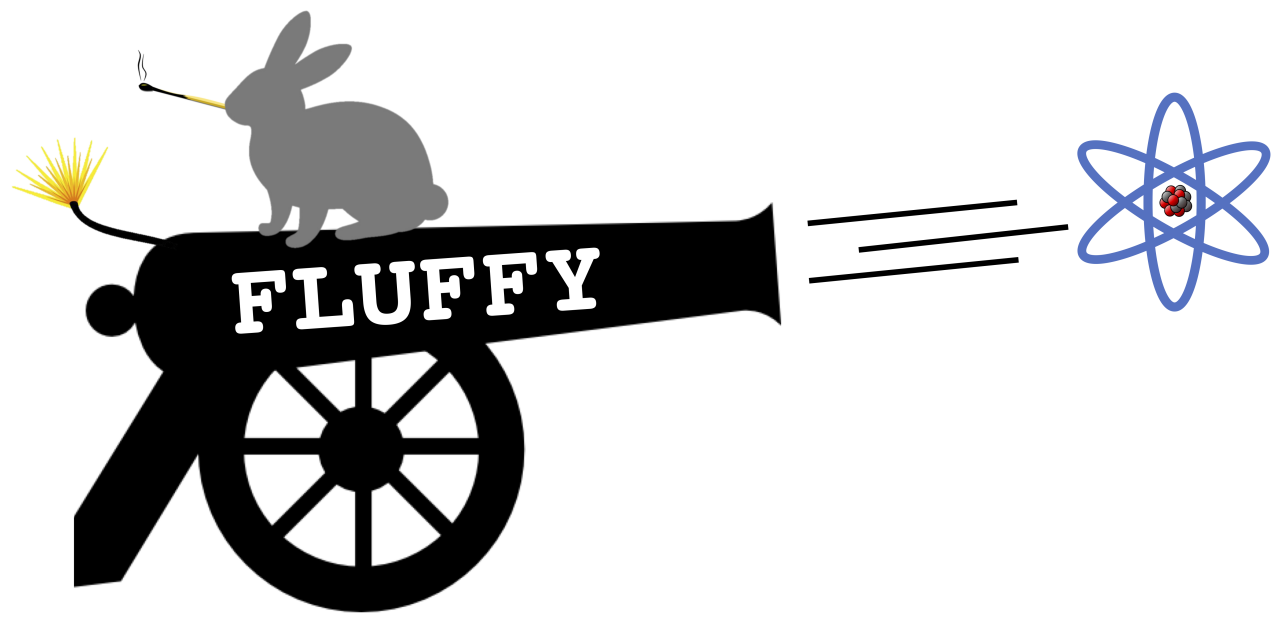Since its discovery in 1938, the understanding of nuclear fission has played a central role in the development of nuclear technology, which has had an enormous impact on the world today. The Bay Area Nuclear Data program seeks to improve our understanding of the fission process through improved measurements and modeling. Our program is measuring independent fission yields for short-lived products at the Fast Loading & Unloading Facility for Fission Yields (FLUFFY) which could have a significant impact understanding the reactor anti-neutrino anomaly. We have also developed a model-independent method of determining fission yield covariances and have developed the FIER code to predict gamma-ray spectra from fission.
The nuclear data of fission yields is an area of extensive research in the Nuclear Data Program. Eric Matthews leads this area of research and it forms the core of his thesis research.
Projects
The following projects have been conducted in this research area since 2014:
FLUFFY
The Fast Loading User Facility for Fission Yields (FLUFFY) is a pneumatic system that been construct at the 88-inch cyclotron to transport actinide targets between a neutron beam and a clover detection array to measure short-lived (half-life = <1 s) fission product yields. more
FIER
The Fission Induced Electromagnetic Response (FIER) code was written to predict the gamm-ray emissions that follow from a user-specified irradiation of an actinide sample. This work has been conducted with and supported by the Nuclear Science and Security Consortium at UC Berkeley. more
FYCoM
A new method for to calculate correlations/covariances between independent and cumulative fission yields has been developed. This method has been applied to all compound systems in the ENDF/B VII.1 and the JEFF 3.1 evaluation, offering the most extensive set of covariance data to date. more
FLUFFY in operation! - A capsule containing a sample is rapidly transported between the neutron beam and the HPGe clover array.
FYCoM
FIER published in NIM-A (2018). more



